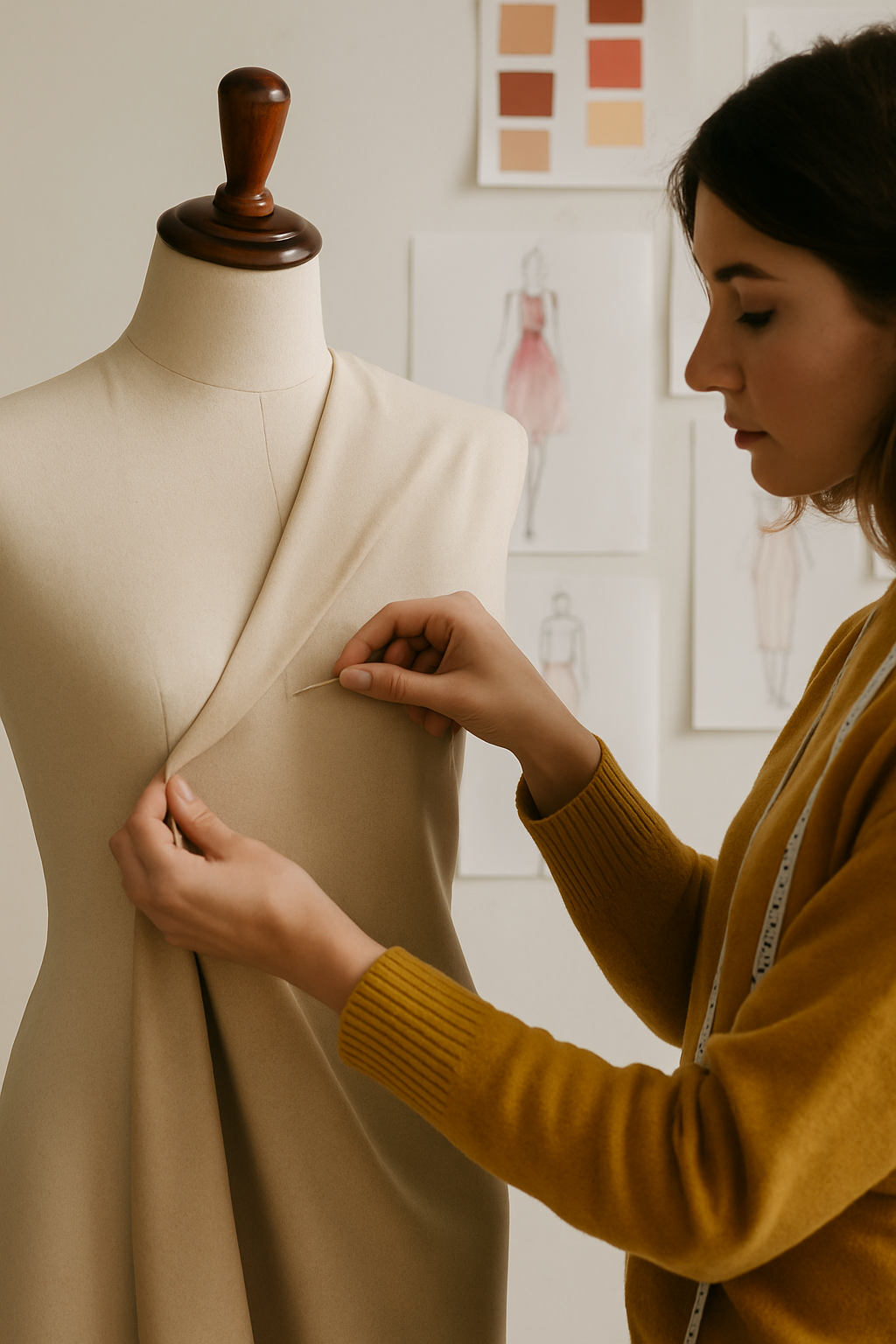Colour is an essential element in fashion design. It can evoke emotions, set the tone for a collection, and even influence the overall look and feel of a design. As a fashion designer, understanding the power of colour is crucial for creating an impactful and evocative collection. In this article, we will dip into the psychology of colour, the use of colour in fashion history, and the current use of colour in contemporary fashion. We will also discuss the importance of colour theory in fashion design, and how designers can use colour to create a specific mood or feeling in their collection, as well as the sustainable aspect of colour in fashion.
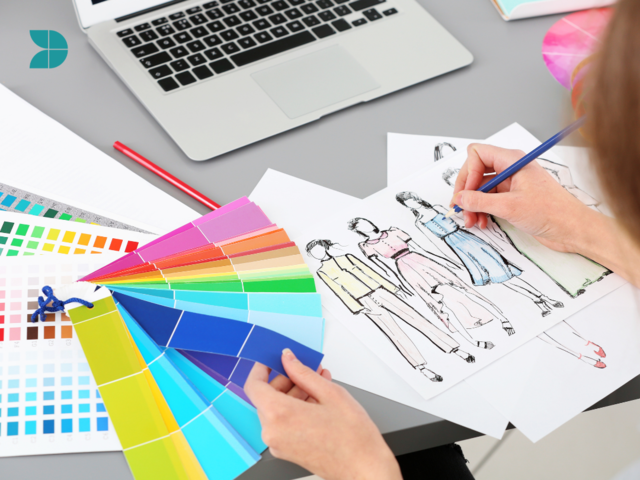
The Psychology of colour
Colours can evoke a wide range of emotions and feelings. For example, the colour blue is commonly associated with feelings of calmness and serenity, while the colour red is associated with passion and energy. In fashion design, understanding the emotions that different colours can evoke can help a designer express their intentions through their designs and create a specific mood or feeling in their collection.
Colour theory is a system of understanding how colours interact with each other and how they can be used to elicit emotions and feelings. There are several colour theory models, but the most commonly used in fashion design is the colour wheel. The colour wheel is a circle that is divided into primary, secondary, and tertiary colours. Primary colours are red, blue, and yellow, and they cannot be created by mixing other colours. Secondary colours are orange, green, and purple, and they are created by mixing primary colours. Tertiary colours are created by mixing primary with secondary colours. By understanding the relationships between different colours on the colour wheel, designers can use colour combinations to create a specific mood or feeling in their collection.
One example of using colour theory in fashion design is the use of complementary colours. Complementary colours are colours that are opposite each other on the colour wheel, such as blue and yellow or red and green. These complementary colours create a high level of contrast and are tried and tested combinations. Many contrasting colours have become synonymous with brands and seasons where red and green is typically winter and has echoes of Christmas where blue and yellow are like spring daffodils against the blue sky. Another example is the use of monochromatic colours, where a designer uses different shades and tones of the same colour to create a harmonious look. The result can be an eye-catching, arresting style that works especially well in tailoring.
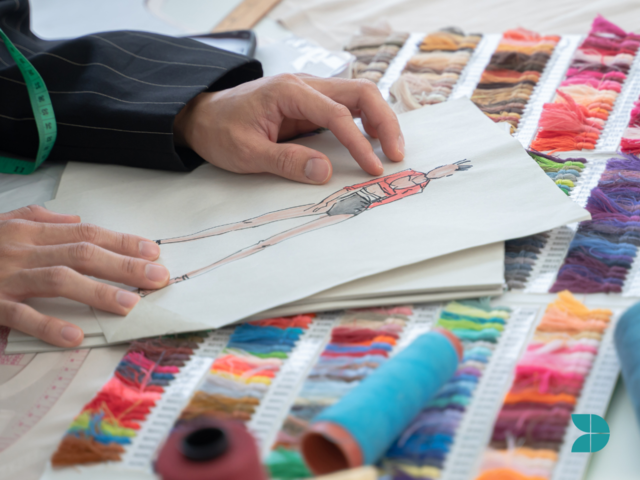
The use of colour in fashion history
Throughout history, colour has been used in fashion in a variety of ways. In the 1920s, for example, the Art Deco movement had a great influence on fashion and so-called flapper girls of that era were donning rich colours and beading. In the 1960s Yves Saint Laurent's heralded the birth of bold solid colours which was considered revolutionary at the time. In the 1980s, the use of neon colours in fashion was popular, and in the 1990s, minimalism and neutral colours were en vogue. Each decade has its own unique use of colour, and understanding these historical uses can help designers create collections that are both modern and timeless.
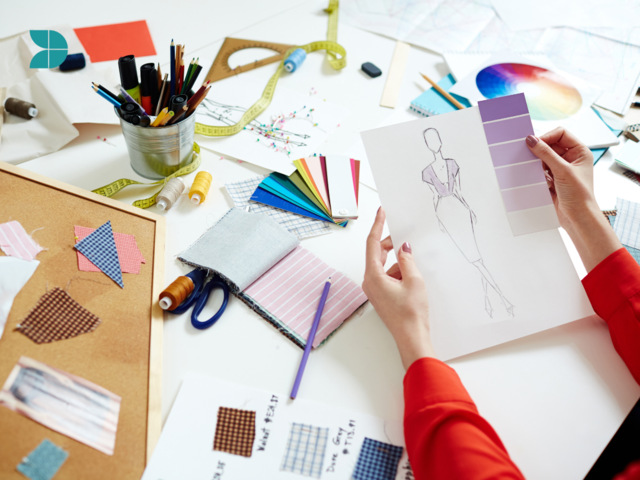
The use of colour in contemporary fashion
Today fashion is not afraid to play around with colour and it is used in more and more interesting ways in a variety of fashion houses and styles. Some designers are using bold and bright colours to make a daring fashion statement, while others are using soft, neutral colours to create a more understated, gentle look. An increasingly popular use of colour is colour blocking, where a single colour or shades of one colour are used in one outfit creating a striking visual impact.
One fashion trend that is resurfacing on catwalks and high-streets is the use of pastels. These soft, muted shades are perfect for creating a feminine and delicate look. Designers like J.W. Anderson and Victoria Beckham have been incorporating pastel shades into their collections to great effect.
Manufacturers and designers are also beginning to lean into producing colours using more sustainable methods. Fashion brands are becoming more conscious of the environmental impact of their production processes, and are beginning to incorporate sustainable dye methods and natural dyes. This not only reduces the negative environmental impact of the fashion industry but also creates unique and interesting colour palettes. For example, the use of natural dyes like indigo, madder, and cochineal can create beautiful and unique shades of blue, red, and pink. These natural dyes are not only environmentally friendly but also have a long history in textile dyeing. Sustainable colour practices such as low impact dyes, upcycling, and recycling contribute to the changes needed in the fashion industry and its approach to environmental and waste issues. Not to mention unique and interesting colour palettes.
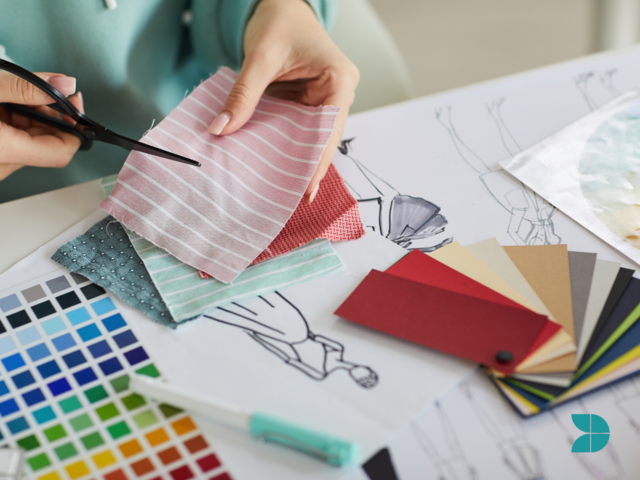
The Power of Colour
The power of colour in fashion design is undeniable. Understanding the psychology of colour, the historical use of colour, and current colour trends can help designers create impactful collections with cohesion of style and expression. As a designer, it's important to experiment with different colours, and pay attention to the emotions and feelings that different colours can evoke. Additionally, the sustainable aspect of colour in fashion is becoming more relevant. By being mindful of the environmental impact of colour choices, designers can not only create unique and interesting collections but also contribute to a more sustainable fashion industry. We encourage you to experiment with colour in their own fashion designs and be mindful of the impact that their choices have on the environment.
Are you interested in learning more about the power of colour in fashion design? Our fashion design academy offers both online and in-class courses that will teach you the ins and outs of fashion design, colour theory and how to use colour to create a specific mood or feeling in your collection. Our courses are taught by experienced industry professionals who will provide hands-on, practical instruction and guidance. You will also have the opportunity to receive feedback and guidance from our experienced instructors.
Whether you are a beginner or an experienced designer, our courses will provide you with the knowledge and skills you need to create cohesive and impactful collections. Sign up for one of our courses today and start your journey to mastering fashion design.

